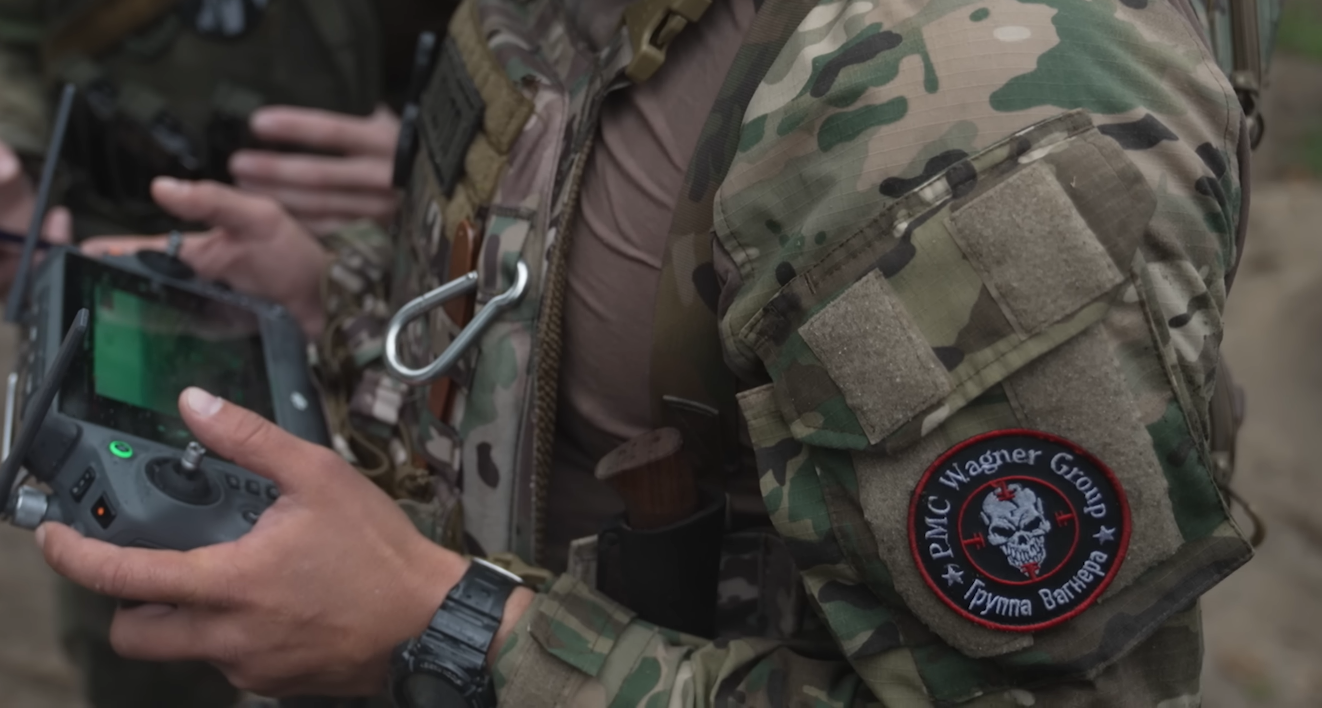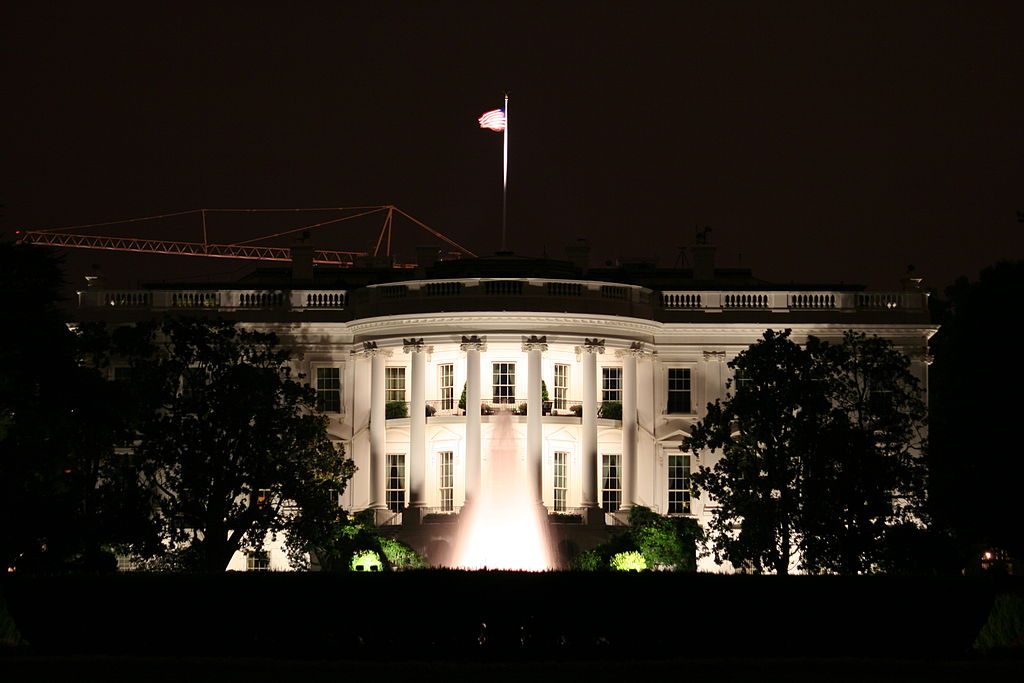Are State-Owned Military Companies the Future?
The aborted Wagner Group mutiny likely gives leaders around the world a reason to contemplate the risks of relying too heavily on PMCs.

Published by The Lawfare Institute
in Cooperation With

State-owned enterprises can be found in almost every sector, from resource extraction to finance to transport. Privatization of state assets and services throughout the neoliberal era, especially following the Cold War, has spilled over to the military domain. As governments question the limits of privatization, however, private military companies (PMCs) could gradually and partially be replaced by state-owned military companies (SOMCs).
Are Private Military Companies Really Private?
PMCs, like any other industry, are heavily reliant on governmental support. One of the barriers to entry into the sector is the high cost of training personnel. Training a single recruit costs the U.S. Army anywhere from $55,000 to $74,000. This does not account for more specialized personnel, such as medics or pilots. In order to avoid this cost, PMCs tend to recruit experienced personnel, highlighting themselves as “veteran friendly.” As it stands, many security contractors benefit from a de facto military-to-PMC pipeline.
Recruitment of veterans is not limited to fellow citizens. Sometimes it is extended to foreign veterans as well. For example, Erik Prince, the notorious founder of the infamous mercenary company Blackwater, hired Colombian soldiers in a bid to train an Emirati security force. For Prince and his Emirati employers, Colombian contractors were seen as battle hardened from their time fighting Revolutionary Armed Forces of Colombia guerrillas (known as FARC) and are considerably cheaper than Western contractors. According to Sean McFate, a U.S. veteran turned mercenary:
When I was in the industry, I worked alongside other ex-special forces and ex-paratroopers from places like the Philippines, Colombia and Uganda. We did the same missions, but they got Third World wages. Private warriors are just like T-shirts; they are cheaper in developing countries. Call it the globalization of private force.
Regardless of where the contractors come from, their weapons are usually state sourced as well. Following years of denial, ChVK Vagner, better known as the Wagner Group, was acknowledged by Russian President Vladimir Putin as having received billions of dollars worth of funding and equipment from the Russian Federation. In the ongoing conflict in Ukraine, Wagner’s owner Yevgeny Prigozhin repeatedly requested and received materiel from the Russian Ministry of Defense. Similarly, the mercenary group’s deployments elsewhere, such as in Mali and Syria, have been largely reliant on weapons being delivered to it. While weapons could be sourced from private hands, such an approach would represent a major logistical hurdle and be far harder with non-small arms equipment, like helicopters and heavy weapons.
The biggest factor behind a PMC’s ability to fight is money. Few entities aside from national governments can afford to employ a large number of mercenaries. In the case of China, foreign veterans have reportedly been involved in training its pilots while domestic private security contractors (PSCs)—which often employ former members of the People’s Liberation Army—have supported Beijing’s ambitious Belt and Road Initiative. By focusing on the developing world’s infrastructural needs, the Belt and Road Initiative has found itself in high-risk areas like Iraq and Pakistan, where Chinese nationals have been killed while working for Chinese state-owned enterprises. Meanwhile, even cash-strapped nations like the Central African Republic and Sudan are able to rely on their natural resources to fund the hiring of PMCs. Concurrently, wealthy and geopolitically energetic states like the United Arab Emirates are able to outcompete virtually any private employer in terms of pay.
Structurally, PMCs are often state trained, state equipped, and state employed. Their ownership stakes and dividend payouts are what make them private. Going forward, it is worth considering whether states will look to cut out the intermediaries who are pocketing the profits.
Emerging SOMCs
The conflict in Ukraine hints at this potential change, as it has spurred a move toward SOMCs. The Russian state-owned energy giant Gazprom is one such example. In early 2023, a Gazprom subsidiary (Gazpromneft) received authorization from Prime Minister Mikhail Mishustin to form their own PSCs, which have been headed by former senior members of the Russian security services. Ostensibly, their purpose was to provide security for Gazprom’s facilities, but they have since been spotted in Ukraine, where they serve as volunteers instead of as conscripts.
Meanwhile, in the federal system that governs Russia, oblast and federal republics have also begun making their own inroads toward SOMCs. The most famous are the Chechen Kadyrovtsy, named after Chechen leader Ramzan Kadyrov’s father and predecessor, Akhmat Kadyrov. Like some other units, they straddle the line between the state and the private. They are a security force that is simultaneously under Ramzan Kadyrov’s command while still technically being a part of the National Guard of Russia; in June, they signed contracts directly with the Ministry of Defense. On July 25, the Russian parliament also voted to give governors the power to establish their own regional paramilitary companies when martial law is in effect or during a mobilization. According to Reuters, “[t]hese units would be funded and armed by the state and given the right to shoot down drones, fight enemy sabotage groups and conduct counter-terrorist operations.”
Potential Uses
Conflicts involving countries like the U.S., Russia, and the United Kingdom can often be described as interventions, such as a voluntary use of force in a foreign country. Conflicts like those in Iraq, Libya, and Syria bore witness to the deployment of foreign militaries in pursuit of perceived political or military necessities but were not existential in nature. In recent decades, however, public weariness has grown across the globe in reaction to such actions, which are often seen as military adventurism that is a drain on resources and personnel.
The risk of deployment along with reports of casualties of citizens can erode popular support for military action. Arguably the leading cause of anti-war sentiments in the U.S. during the Vietnam War was the risk of being drafted. Similarly, Russia’s partial mobilization in September 2022 resulted in large numbers of military-age males leaving the country. Military contractors, whether private or governmental, can help relieve some of this pressure. This is especially true if involved in conflicts not seen as vital for national security, including those that are far away from the country involved or are not regularly covered in the media. In these cases, a state-owned military company could serve as an expeditionary force, similar to the French Foreign Legion, which has frequently been employed in France’s former colonies.
While mercenaries are frequently conceived in the popular imagination as guns for hires in the midst of battles, the reality can be more mundane. Often, they provide security for either individuals or locations, acting more as guards than combatants. Continued instability in places like the Sahel, which has seen a wave of military coups in recent years, may inspire rulers elsewhere with tenuous grasps on power to rely on their own Praetorian Guards of sorts. The for-profit nature of PMCs and PSCs may be a cause for concern, leading some perhaps to prefer an SOMC, with its implied political backing.
The Cost-Benefit Analysis
Italian political philosopher and diplomat Niccolo Machiavelli warned rulers against the reliance on for-profit warriors, writing in “The Prince” that “[m]ercenaries and auxiliaries are useless and dangerous; and if one holds his state based on these arms, he will stand neither firm nor safe; for they are disunited, ambitious, and without discipline, unfaithful, valiant before friends, cowardly before enemies.” The aborted mutiny by the Wagner Group in June is likely to give leaders around the world, not just in the Kremlin, a reason to contemplate the risks of relying too heavily on PMCs.
SOMCs provide for the direct control of armed units, thereby minimizing the risk of mercenary revolts. A more thorough integration, while still serving a distinct expeditionary purpose from the rest of the armed forces, may provide political leaders a greater level of authority while retaining the flexibility inherent to PMCs. SOMCs can focus on more specialized missions, like counterinsurgency, search and rescue missions, and more, while the conventional forces can be reserved for more traditional military missions.
Coupled with a more clearly defined relationship with the state comes, potentially, improved legal protections and responsibilities. Whether it is in the military company’s home country or in the contracting state, the practices of state-owned enterprises or military-to-military relations are long established and much more clear than the quasi-private-state dynamic that currently exists. For many officials in Africa and Syria, the implications of the Wagner mutiny raised questions that a SOMC could help clarify by having an explicit bond with the state.
Despite this, a move from a PMC model to an SOMC one eliminates an advantage of the former, namely, ambiguity. Official denials by governments allow them to deploy PMCs at minimal costs. An overt admission of the link between a state and an armed unit, however, risks making the state liable for any potential negative consequences. The growing acknowledgement of the link between the Kremlin and the Wagner Group meant that, should Western states pursue a foreign terrorist organization designation against the latter, the former (along with other customers) could potentially be labeled and sanctioned as state sponsors of terror. Furthermore, such an escalation in rhetoric could also bring rival states closer to war.
Domestically, the creation of SOMCs could threaten the internal cohesion of the security services. The establishment of parallel institutions with similar profiles can often produce rivalries, such as between the Wehrmacht and the SS in the case of Nazi Germany or between the Islamic Republic of Iran Army and the Islamic Revolutionary Guard Corps. One challenge is the vying for power and influence among elites. However, far more practical problems can also emerge, such as competition for personnel. In the early 2000s, the U.S. Department of Defense estimated that it cost $15,000 to recruit a single soldier, a figure that is likely to have grown considerably. Since then, the U.S. military has faced chronic personnel shortages, missing its 2022 recruitment goal by 25 percent. Poaching by military companies, including state-owned ones, risks cannibalizing a country’s total military capacity.
SOMCs As Tools, Not Goals
Throughout history, major states have sought to project their power and influence abroad. The means to do so, however, have varied considerably, from using conventional forces to mercenary bands to proxies. Sometimes states rely on their own personnel, and other times states simply funnel weapons to the enemies of one’s enemies. As part of a vast and complex set of policies, SOMCs can be an additional asset at policymakers’ disposal.


.jpg?sfvrsn=5a43131e_9)


